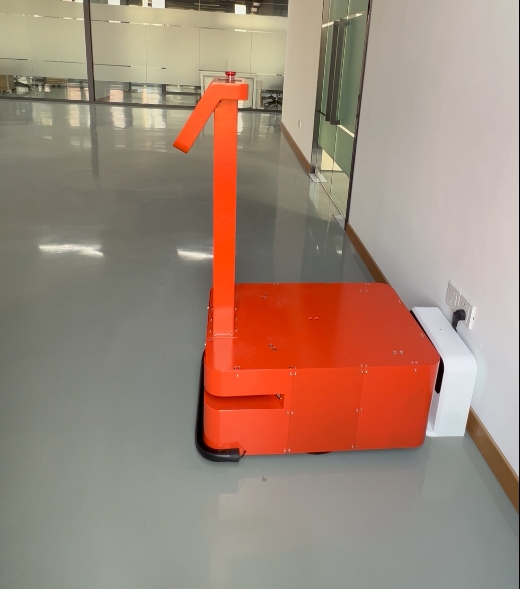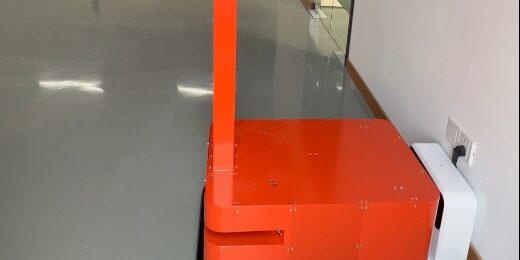SLAM, or Simultaneous Localization And Mapping, is a critical technology for AGV (Automated Guided Vehicle) robots to achieve autonomous movement. It involves creating a map of the environment while simultaneously tracking the robot’s location within it. There are two primary types of SLAM navigation: laser SLAM and vision SLAM. This article explores the differences between these two navigation methods and their respective advantages and disadvantages.
Laser SLAM Navigation AGV
Laser SLAM navigation uses laser sensors, such as LiDAR, to construct indoor environment maps and assist AGV robots in autonomous movement. Here’s how it works:
- High Precision Mapping: Laser SLAM systems generate highly accurate maps by matching and comparing point clouds captured at different times. This ensures precise localization of the robot.
- No Cumulative Error: The maps created by laser SLAM do not suffer from cumulative errors, making them reliable for navigation.
- Autonomous Navigation: AGVs using laser SLAM can navigate autonomously without any additional positioning infrastructure. They can freely plan paths and move safely and efficiently.

Advantages of Laser SLAM:
- High Accuracy: The high precision of laser-generated maps allows for accurate navigation.
- Mature Technology: Laser SLAM is a well-established technology, providing stable and reliable performance.
- No External Aids Needed: It does not require any external markers or guides, offering more flexibility.
Disadvantages of Laser SLAM:
- High Cost: The sensors used for laser SLAM are currently expensive, which increases the overall cost of the AGV systems.
Vision SLAM Navigation AGV
Vision SLAM navigation uses cameras, such as standard cameras or depth cameras like Kinect, to navigate and explore indoor environments. Here’s how it works:
- Optical Processing: Vision SLAM processes optical data from the environment. Cameras capture images, which are then compressed and analyzed.
- Learning Subsystem: The captured image data is fed into a learning subsystem comprising neural networks and statistical methods. This subsystem links the image information with the robot’s actual position, enabling autonomous navigation.
- Dynamic Tracking: Vision SLAM can track and predict dynamic targets in the environment more easily due to the rich visual data.
Advantages of Vision SLAM:
- Cost-Effective: Cameras are generally cheaper than laser sensors, making vision SLAM a more affordable option.
- Dynamic Target Tracking: Vision SLAM excels in scenarios with dynamic targets, such as moving objects or people.
Disadvantages of Vision SLAM:
- Less Accurate Mapping: The current state of vision SLAM technology struggles with precision in mapping and modeling, leading to less accurate navigation.
- Sensitivity to Lighting: Vision SLAM performance can be significantly affected by lighting conditions.
Which Technology is Better for AGV Robots?
Determining whether laser SLAM or vision SLAM is better depends on specific application needs and environmental conditions:
- Laser SLAM: Offers higher accuracy and reliability, making it suitable for environments requiring precise navigation. The high cost is a drawback, but as sensor prices decrease, laser SLAM may become more accessible.
- Vision SLAM: Provides a cost-effective solution and excels in environments with good lighting and dynamic targets. Its lower accuracy in mapping is a limitation, but it remains a viable option for many applications.
Future Development of AGV Technology
The future of AGV technology lies in multi-sensor fusion navigation, combining the strengths of both laser SLAM and vision SLAM. By integrating multiple sensors, AGV robots will be better equipped to handle complex scenarios, performing more intricate tasks and improving service to humans.
In conclusion, both laser SLAM and vision SLAM have their unique advantages and are suitable for different scenarios. As technology progresses, the integration of these systems will enhance the capabilities of AGV robots, making them more versatile and efficient.






